May 18, 2025 | 19:35 GMT +7
May 18, 2025 | 19:35 GMT +7
Hotline: 0913.378.918
May 18, 2025 | 19:35 GMT +7
Hotline: 0913.378.918
Dr. Nguyen Huu Dung, Chairman of Vietnam Seaculture Association (VSA) said, “If we wait for the marine space planning to be announced, I’m afraid it will be too late”. The People's Committees of provinces need to choose businesses with potential for sea farming now and assign them sea areas of 6 nautical miles within their jurisdiction.
District and city levels should also do the same for sea areas that will definitely be reserved for marine farming so they can deploy experimental models. When there is an official decision from the Prime Minister, the local authorities can then complete the procedures so that businesses can start working immediately.
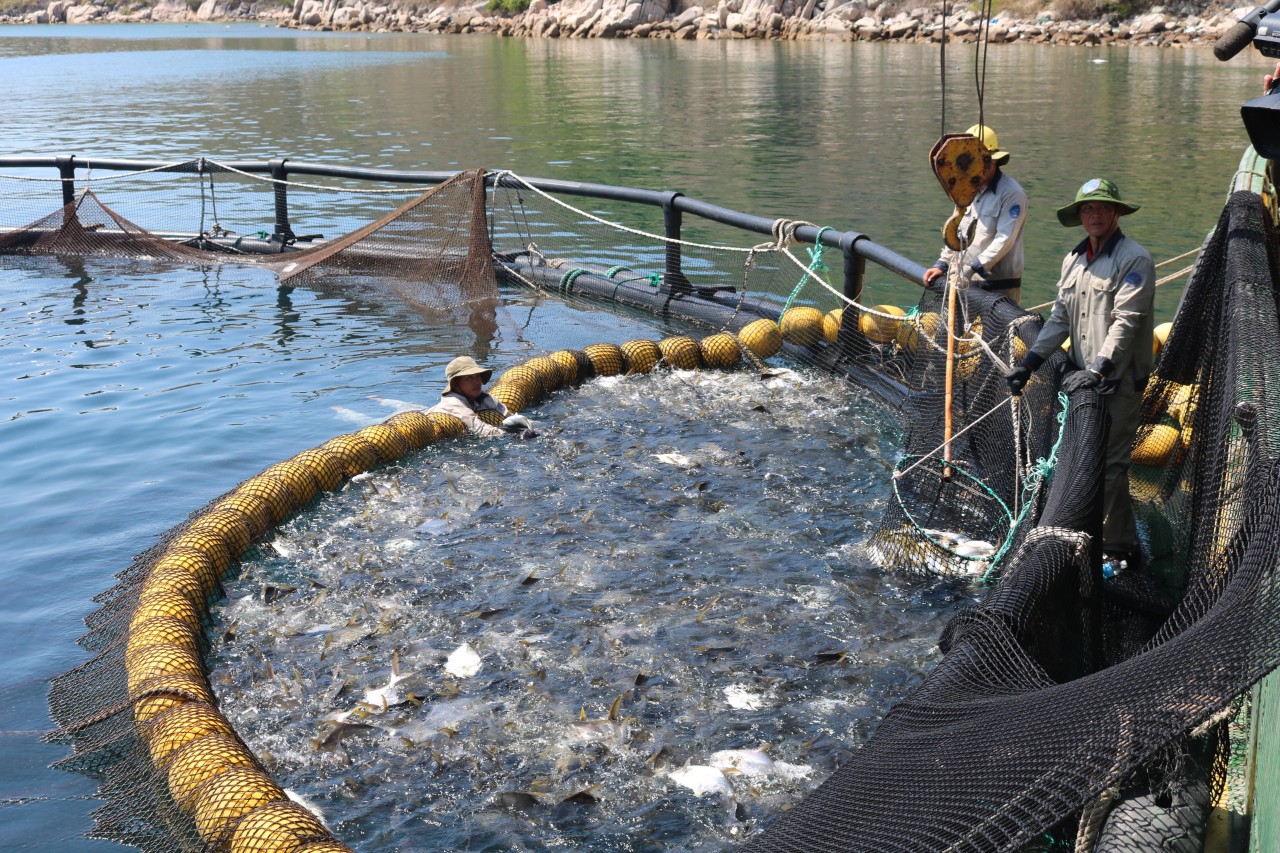
While waiting for marine space planning, localities need to proactively allocate sea surfaces within their authority. Photo: V.D.T.
In the case of Binh Dinh, the development orientation states that the sea areas planned for marine farming purposes will be concentrated to avoid overlapping with other planning while local authorities will prepare specific investment strategies. The main focus will be intensive farming which integrates industrial farming methods and applies high technology to ensure sustainability, thereby ensuring biological safety, and protecting the ecological environment.
“By 2030, marine farming in Binh Dinh will reach 80,000 m3 of sea surface area, mainly in the waters of Quy Nhon city and Phu My district. We are organizing the transfer of sea surface use rights according to the provisions of Decree No. 11/2021/ND-CP dated February 10, 2021 of the Government, and studying the implementation of Decision No. 1664/QD-TTg dated October 4, 2021 concerning the Scheme to develop marine farming until 2030, vision to 2045,” said Tran Van Phuc, Director of Binh Dinh Department of Agriculture and Rural Development.

Binh Dinh encourages enterprises to switch from farming with traditional wooden cages to using small-scale HDPE cages in consideration of the strong waves and wind of the open sea area. Photo: V.D.T.
Phu Yen province aspires to do the same, but reality is a different matter. Phu Yen Department of Agriculture and Rural Development has proposed to the provincial People's Committee a separate plan in the form of a scheme for marine farming development, but there are problems with financial mechanisms. “A general planning is feasible, but a separate planning would pose certain complications. Phu Yen Department of Finance has asked the Ministry of Finance for approval but the Ministry has no response, so we don't know how to make this work," said Nguyen Trong Tung, Director of Phu Yen Department of Agriculture and Rural Development.
According to Tran Cong Khoi, Deputy Director of the Department of Aquaculture (Directorate of Fisheries), in order to develop industrial marine farming, the industry needs to reorganize production. The small-scale, fragmented marine farming system is no longer appropriate, thus calling for a new form of farming system in which the communities, cooperatives and businesses can participate.
The Ministry of Agriculture and Rural Development is implementing a program to build a marine farming link chain specifically lobster farming. The local marine farming systems should prioritize developing potential target groups such as marine fish, mollusks, and seaweed.
“In 2022, there has been a draft Decree on promulgating a number of marine aquaculture development policies to replace Decree 67. The Ministry of Agriculture and Rural Development has submitted it to the Government, currently waiting for the Prime Minister to sign it. These policies being issued in time will be a big push to the development of marine farming. Regarding production reorganization along the value chain, purchasing and processing enterprises will serve as the nucleus and the driving force for the marine farming industry,” said the Department of Aquaculture.
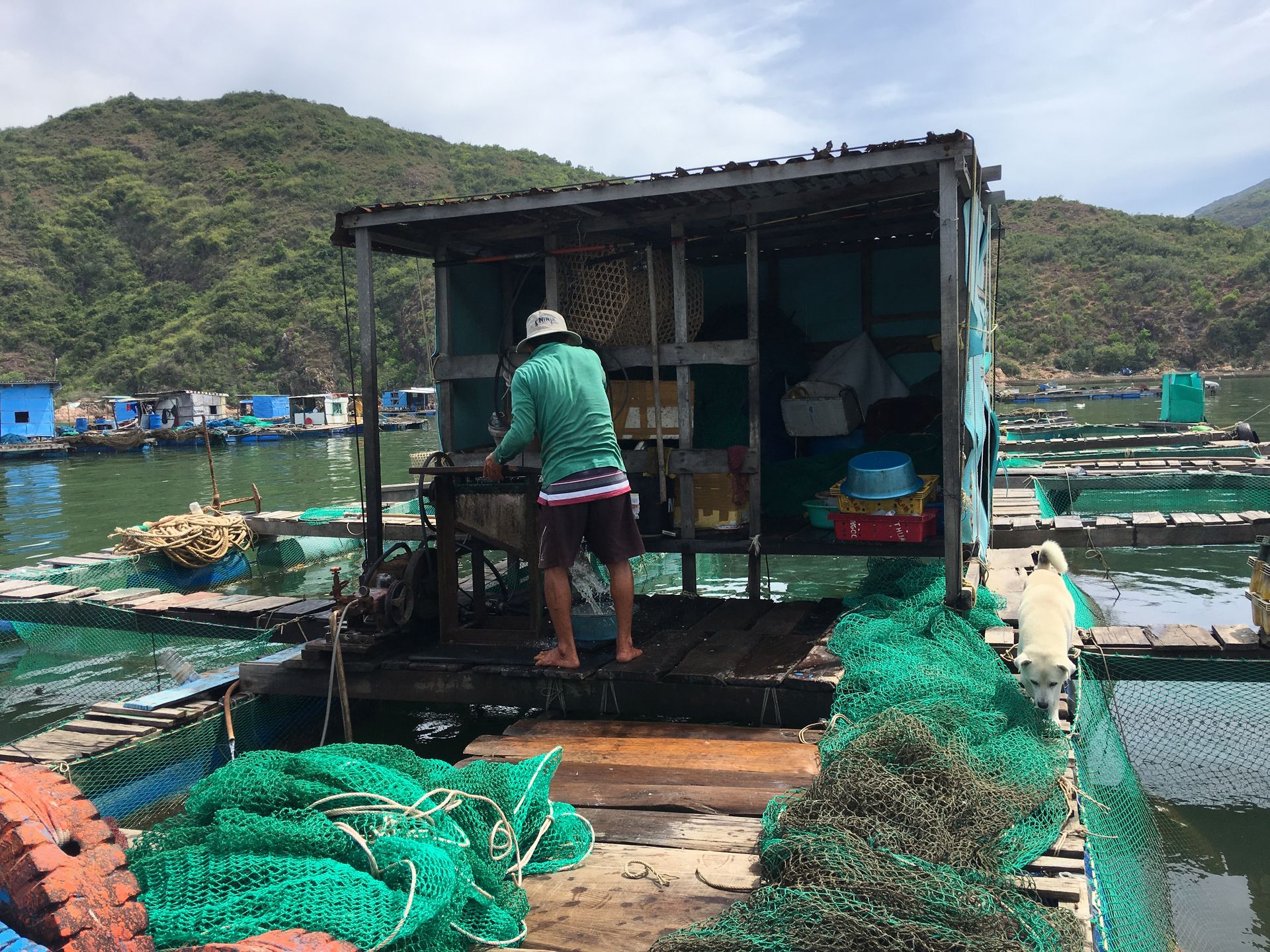
The Ministry of Agriculture and Rural Development is implementing a program to build a production link chain for lobster. Photo: V.D.T.
Having the same opinion as Deputy Director Tran Cong Khoi, Dr. Nguyen Huu Dung believes that businesses will be the key factor in the transition from traditional to industrial marine farming, with the drive being technological advances and multi-sector integrated approaches, but the marine farming management chain is currently “broken”.
“The Directorate of Fisheries is only concerned with aquaculture, while processing is managed by a different sector, and when it comes to the market, it is the responsibility of other agencies. Even the output is not managed by the agricultural sector but by the industry and trade sector. Having too many management agencies, the current marine farming chain is broken. Businesses that want to invest in marine farming have to contact many industries, which is a very cumbersome process. Some companies are so fed up with it that they would rather find another field to do business," said Dr. Nguyen Huu Dung.
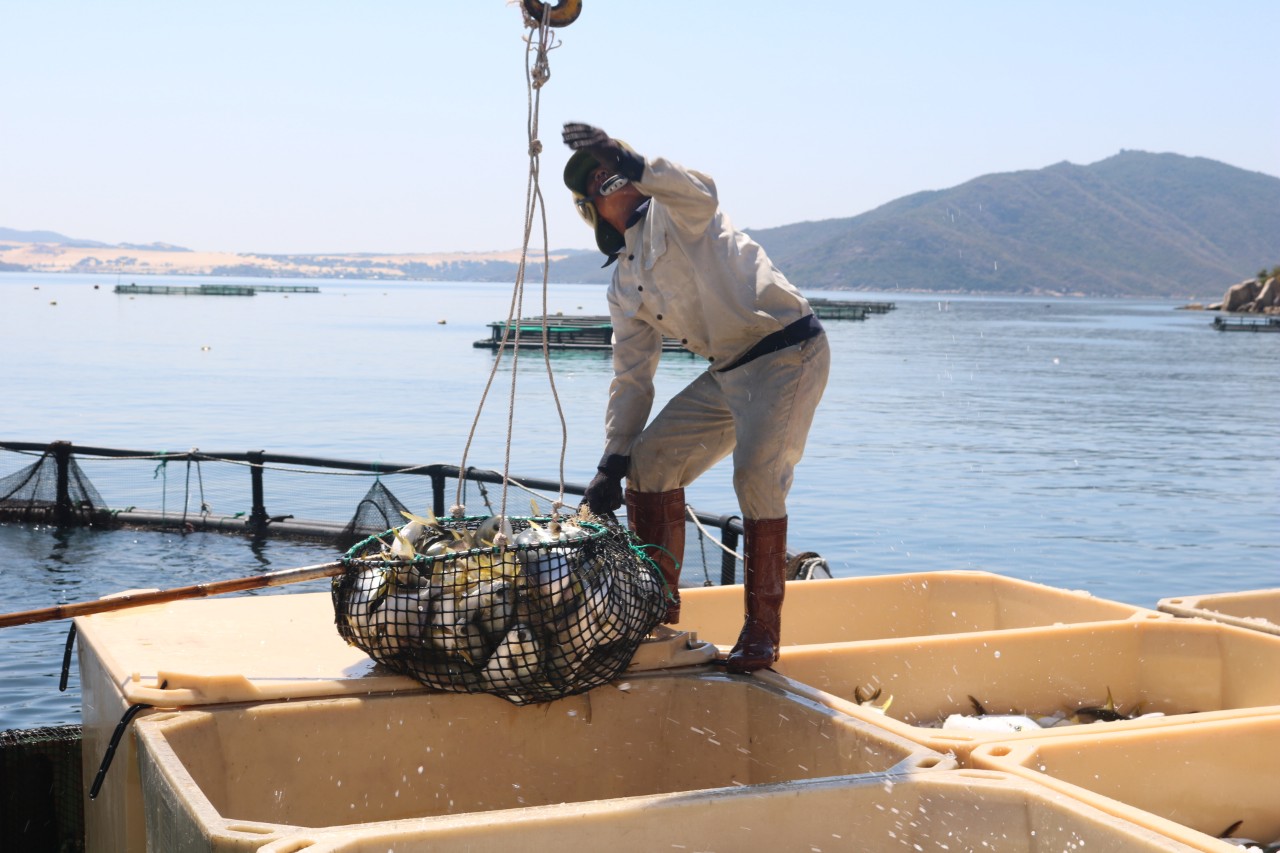
If the marine farming industry can attract more investment from businesses, Vietnam’s seafood output will increase significantly. Photo: V.D.T.
Vietnam's seafood exports earned USD 11 billion in 2022. Of which, shrimp exports alone achieved USD 4 billion, and freshwater pangasius reached USD 2.5 billion. If the four provinces of Binh Dinh, Phu Yen, Khanh Hoa and Ninh Thuan strongly develop marine farming in the industrial direction, this region will become the center of Vietnam’s marine farming industry in the near future.
Translated by Samuel Pham
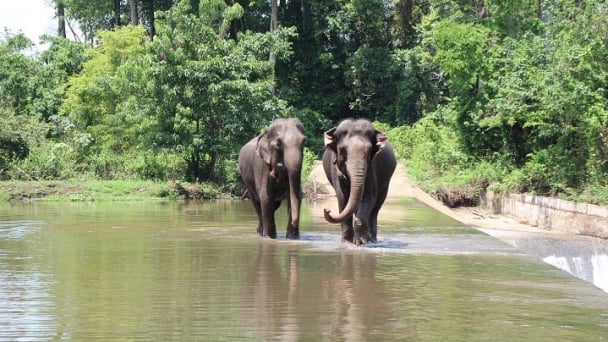
(VAN) 14 out of 35 domesticated elephants in Dak Lak province have had their living conditions improved, with 11 of them currently participating in the non-riding elephant tourism model.
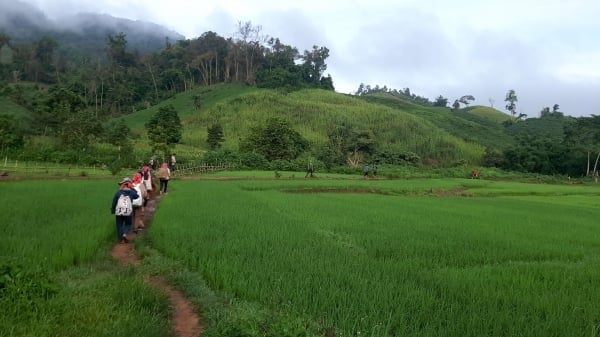
(VAN) Muong Nhe Nature Reserve hopes that being upgraded to a national park will lay the foundation for forest protection efforts to be carried out in a systematic, modern, and sustainable manner.
/2025/05/16/3923-2-171845_52.jpg)
(VAN) Lower costs, higher yields, and improved soil quality are outstanding benefits that soybeans bring when integrated into the crop rotation system.
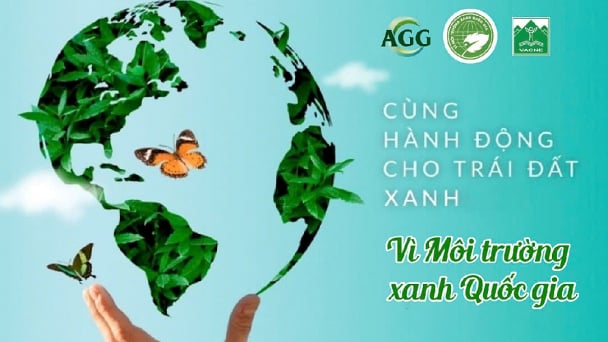
(VAN) The 'For a Green National Environment' programme aims to promote a green lifestyle, support businesses in implementing ESG practices, and turn Net Zero commitments into concrete actions.

(VAN) Cold-barn systems efficiently manage environmental and temperature conditions, which aids in the prevention of respiratory diseases in pigs and protects them from the vectors that transmit African swine fevers.

(VAN) To tackle challenges, the project 'Addressing key technical bottlenecks in the grouper supply chain in Vietnam' has been underway since 2024.

(VAN) The project 'Disease-Resilient and Sustainable Cassava Production Systems in the Mekong Region', funded by the Australian Center for International Agricultural Research (ACIAR), is being implemented from 2024 to 2028.